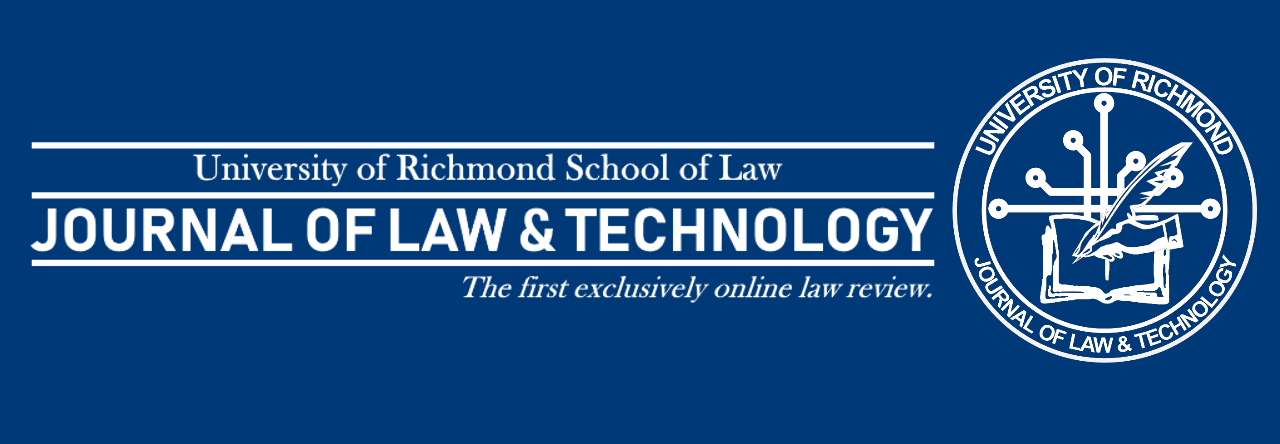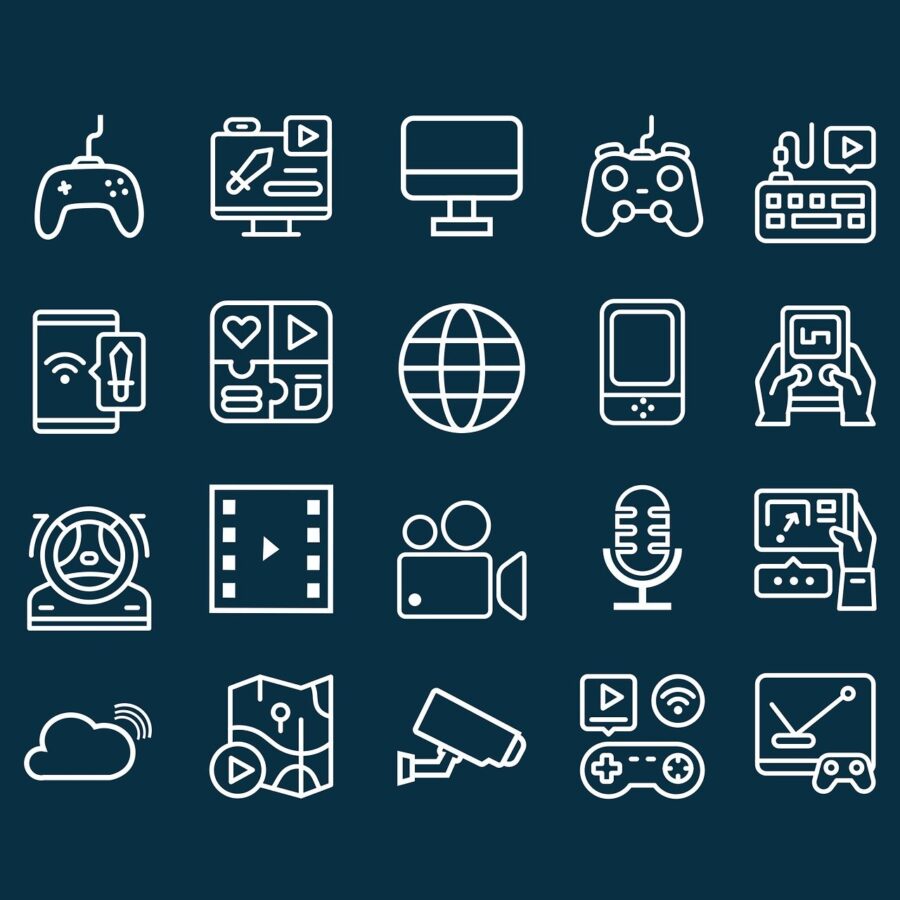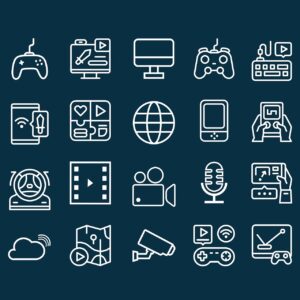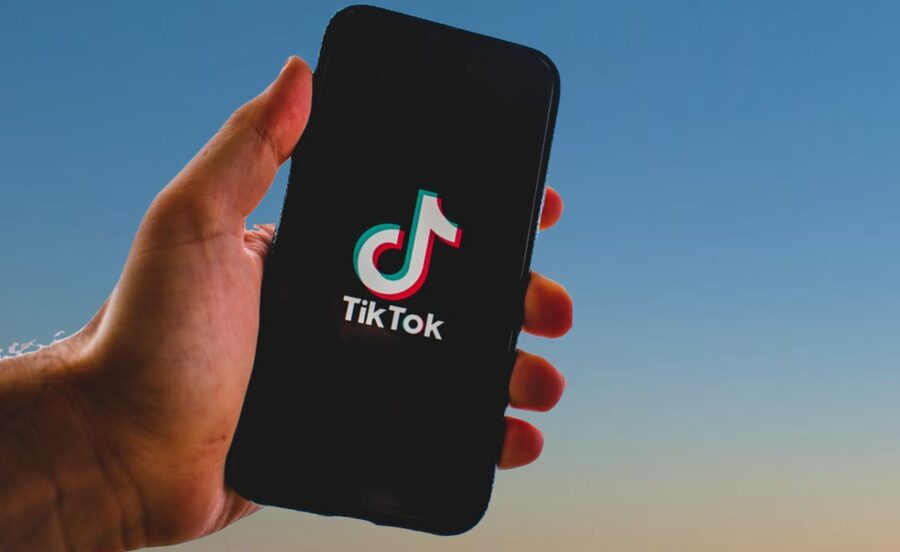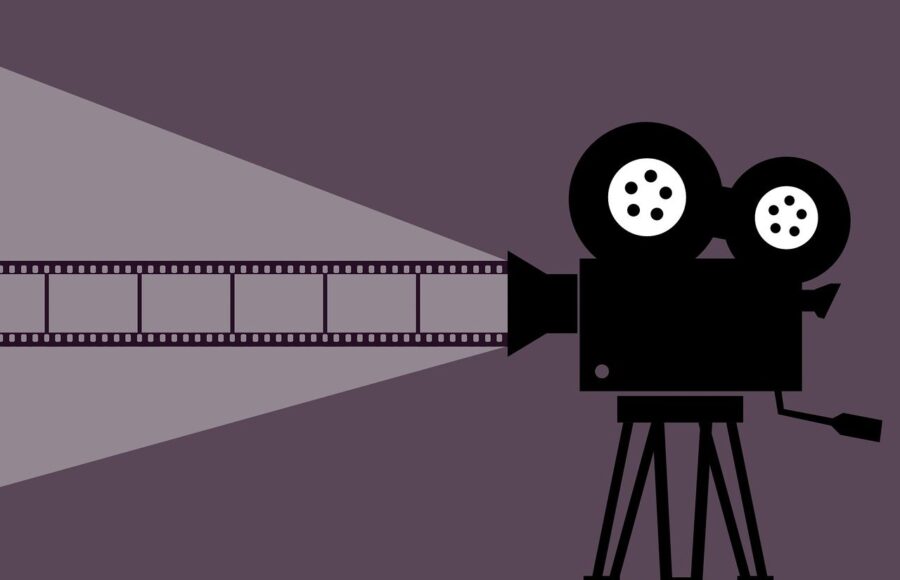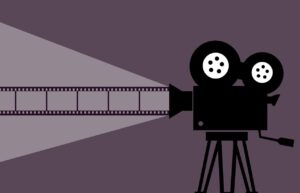Gifford v. Sheil: Can an Influencer Own an Aesthetic?
By: Shoham Lewin

As an increasing number of companies use social media influencers as part of their marketing strategy, the influencer industry is valued at approximately $250 billion.[1] Within this multi-billion dollar industry, influencers compete for lucrative brand deals, each using their aesthetic to distinguish themselves.[2] A recent case out of Texas has raised the question of whether these creators legally own their social media aesthetic and, consequently, whether they can utilize intellectual property law to stop other creators from using that same aesthetic.[3]
